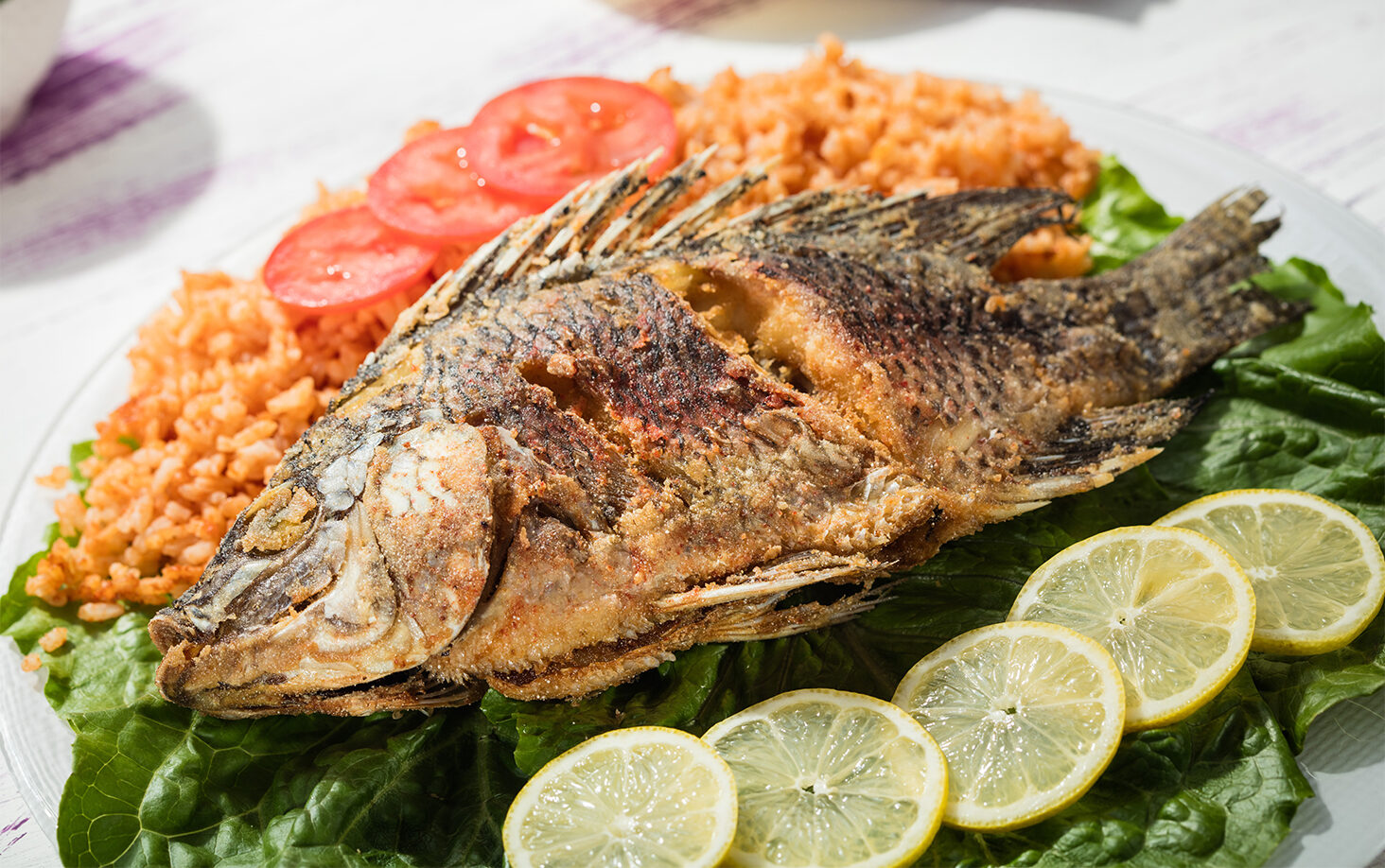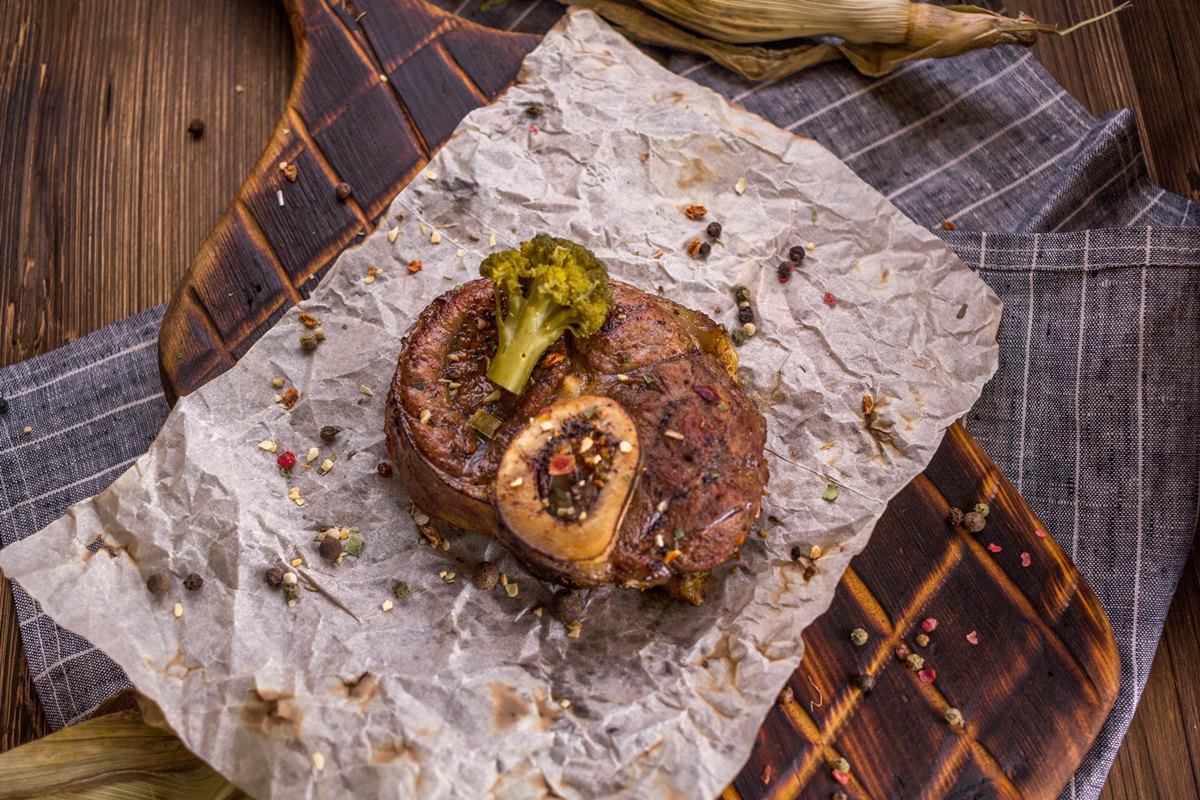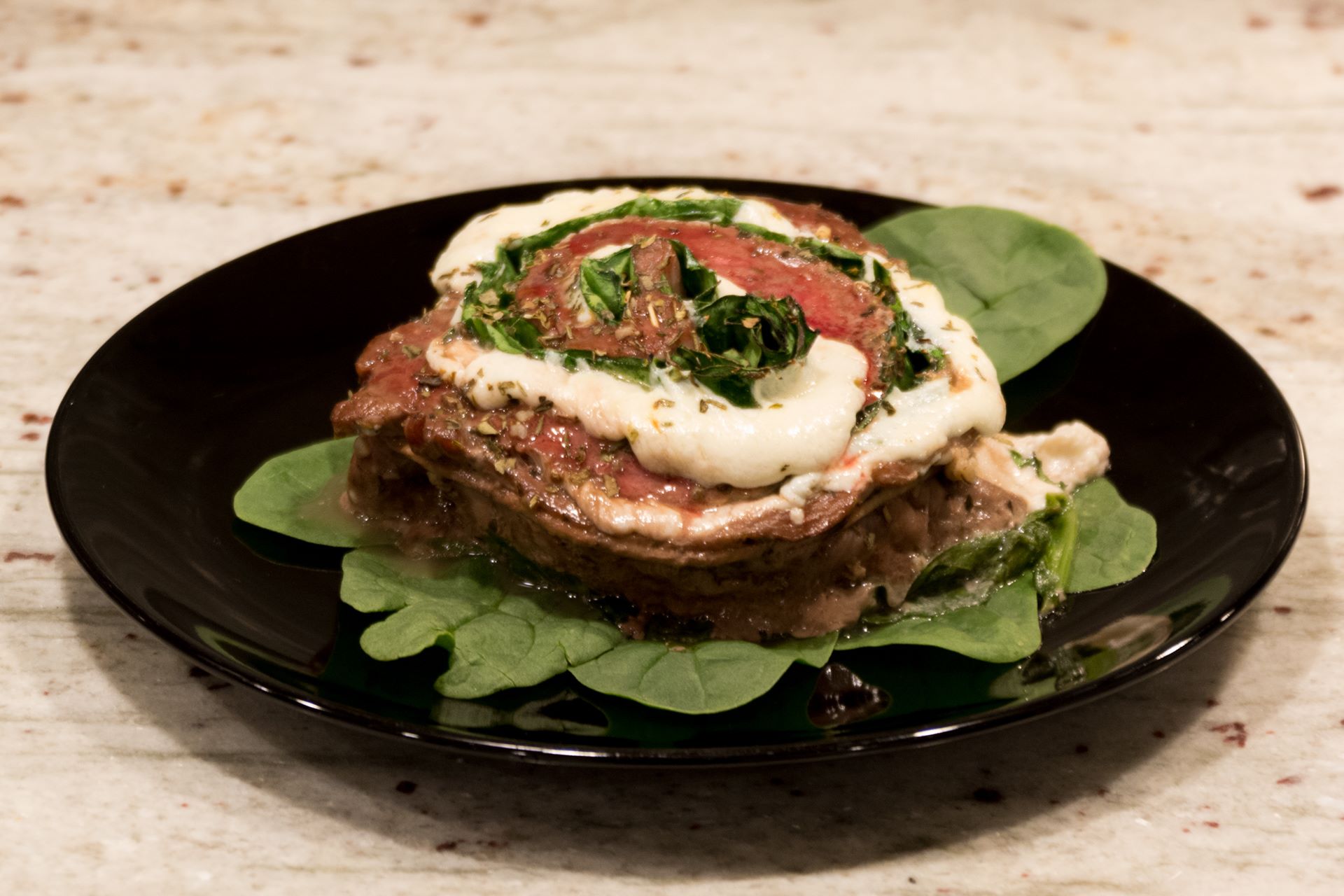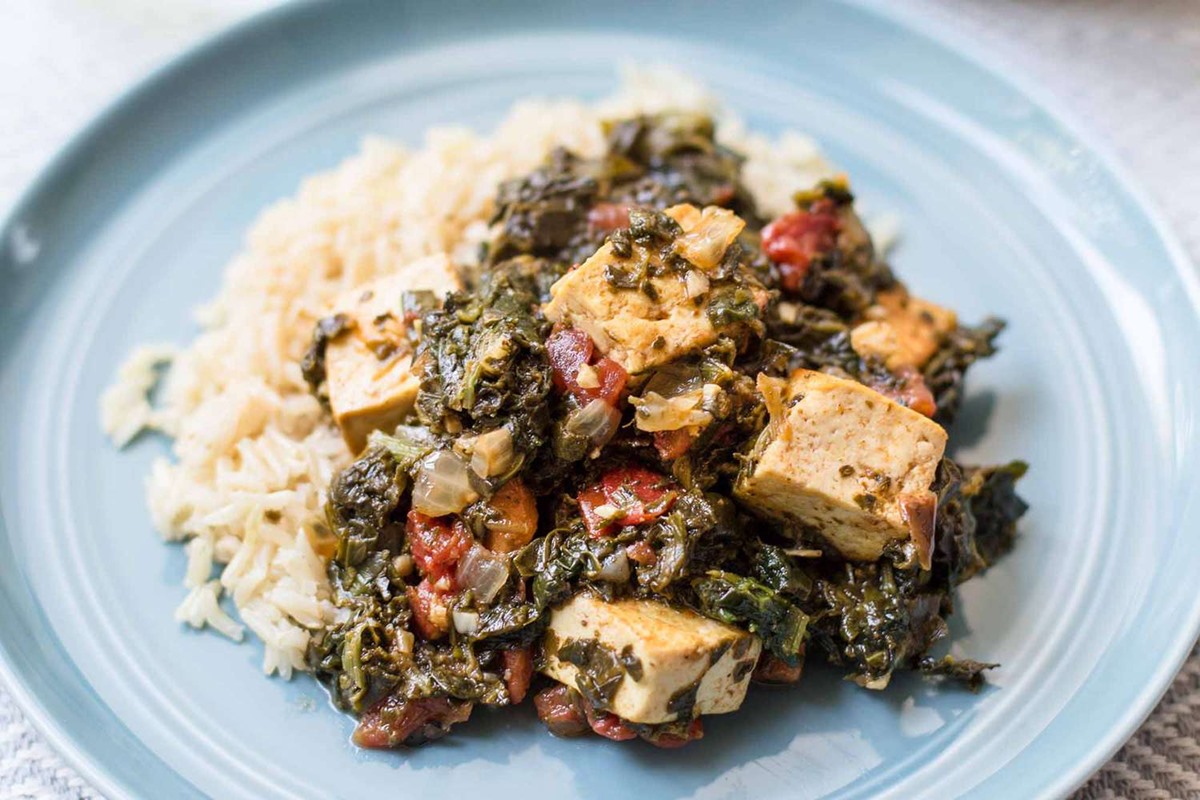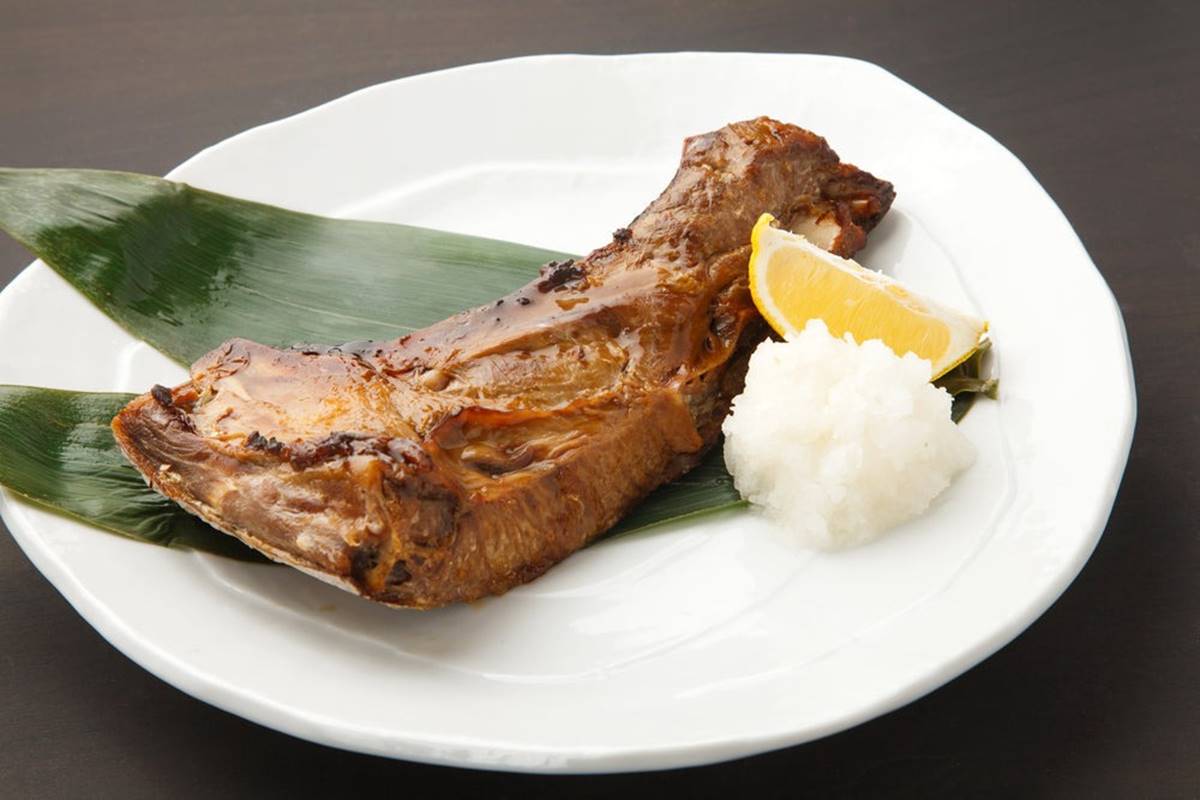Preparing a Delicious and Nutritious Treat for Your Four-Legged Companion: Fish Skin for Dogs
As pet owners, we always strive to provide our beloved canine companions with the best nutrition possible. While traditional dog treats are readily available in stores, why not try something different and make a homemade delicacy for your furry friend? In this article, we’ll explore how to cook fish skin for dogs, a healthy and delicious treat that your pup is sure to love.
Fish skin is not only tasty but also packed with nutrients that can benefit your dog’s overall health. It contains omega-3 fatty acids, which are crucial for maintaining a shiny coat, reducing inflammation, and supporting brain development. Additionally, fish skin is an excellent source of protein, making it an ideal alternative to store-bought treats that may contain artificial additives.
Choosing the Right Fish
Before getting started, it’s essential to select the right type of fish for your homemade dog treats. Opt for oily fish that are rich in omega-3 fatty acids, such as salmon, trout, or mackerel. Ideally, choose fresh fish that is free from any seasoning, bones, or additives that may be harmful to dogs. Remember, the quality of the fish is crucial in ensuring a safe and healthy treat for your furry friend.
Preparing the Fish Skin
Now that you have the perfect fish, it’s time to prepare the skin for cooking:
- Thoroughly clean the fish skin under cold water to remove any scales or residue.
- Using a sharp knife, carefully remove any excess fat from the skin.
- Cut the fish skin into strips or bite-sized pieces, depending on your dog’s preference and size.
- Pat dry the fish skin with a paper towel to remove excess moisture.
By following these simple steps, you ensure that the fish skin is clean and ready for cooking.
Cooking Methods
When it comes to cooking fish skin for dogs, you have a few options to choose from:
- Dehydrating: Place the fish skin strips on a baking sheet and bake in a low-heat oven (around 200°F or 93°C) for several hours until they are dry and crispy.
- Baking: Preheat your oven to 350°F (175°C). Lay the fish skin on a baking sheet and bake for approximately 20 minutes or until they become crunchy.
- Grilling: If you prefer a smoky flavor, you can grill the fish skin on a barbecue. Make sure to monitor the cooking time closely to prevent them from burning.
Remember to avoid using any additional seasonings, oils, or spices while cooking the fish skin. It’s best to keep it simple and let the natural flavors shine through.
Serving Suggestions
Your homemade fish skin treats are now ready to be enjoyed by your canine companion. Here are a few ideas on how to serve them:
- As a standalone treat during training sessions or as a reward for good behavior.
- Crumbled over your dog’s regular food to add an extra boost of flavor and nutrition.
- Stuffed inside a Kong or other treat-dispensing toys to provide mental stimulation.
Remember that moderation is key when feeding your dog fish skin treats. While they offer numerous health benefits, they should be considered as an occasional addition to your pet’s diet rather than a substitute for balanced meals.
So, why not roll up your sleeves and treat your furry friend to a homemade delight? Cooking fish skin for dogs is a simple and rewarding process that allows you to provide your pup with a nutritious, flavorful, and preservative-free snack. Your dog will be wagging its tail with joy!



